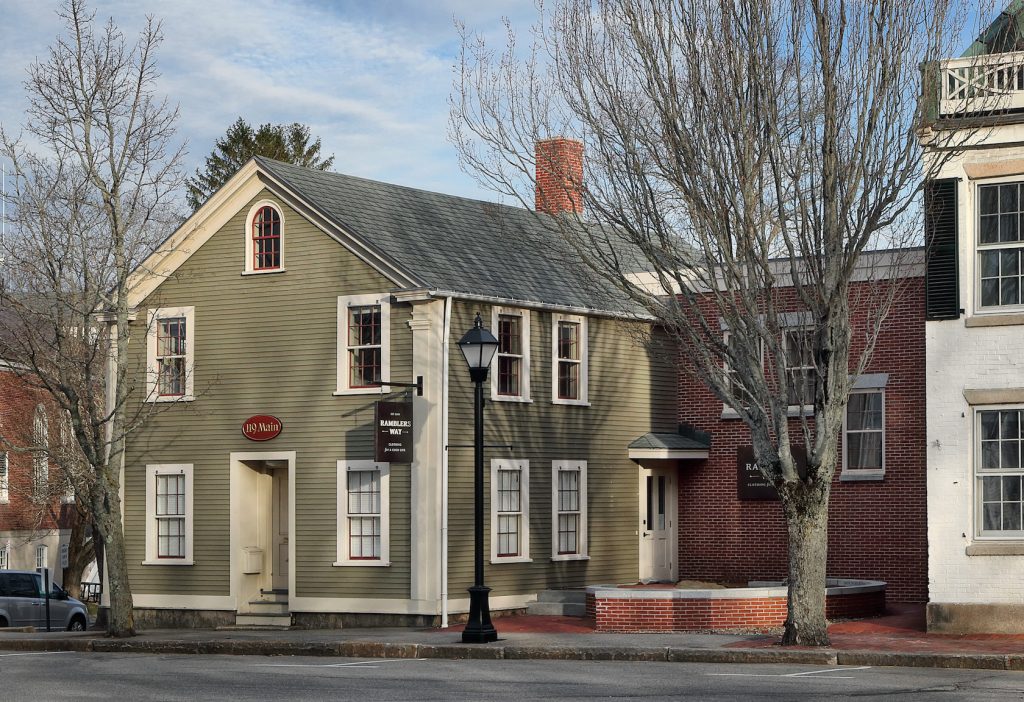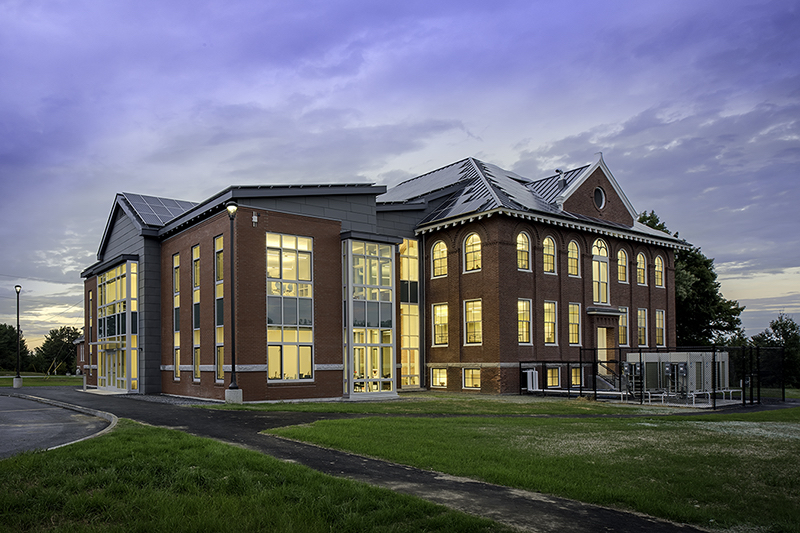


The Story: “Embodied energy” refers to the energy and resources already expended to construct an existing building. New buildings are nearly always cited as energy-efficient construction, using green building standards like LEED. LEED has erroneously substantially under-estimated the importance of embodied energy in measuring energy efficiency and has also underestimated the great efficiency of well-built historic buildings, which can often be further improved with attic and basement insulation and air-tight storm and sash windows. Historic buildings are often victim of a misplaced ‘newer is better’ idea where energy efficiency is concerned, but the outlook that new construction is inherently more efficient over the life of the building fails to consider substantial energy usage to produce, transport and erect building materials. A germane example of this is the recent decision by Portland voters to abandon the Nathan Clifford Elementary School in favor of a new school building on Ocean Avenue.
The Threat: The push for greener buildings constructed with greener building materials and methods is in some cases self-defeating. Demolition and equivalent new construction, no matter how energy efficient, typically require decades to equal the energy savings of rehabilitating an existing building.
The Solution: The greenest building is the one that is already built. LEED is just beginning to adequately address the energy and financial savings that come from reusing existing historic materials. This discrepancy undermines the credibility of the rating system as applied to the largest portion of the built environment: existing buildings. By retrofitting historic buildings with additional insulation, storm windows, and by sealing and caulking air infiltration, superior energy efficiency can be achieved. As individuals and institutions strive for greener buildings, it is important to note that adaptive reuse of buildings is the ultimate in recycling.

